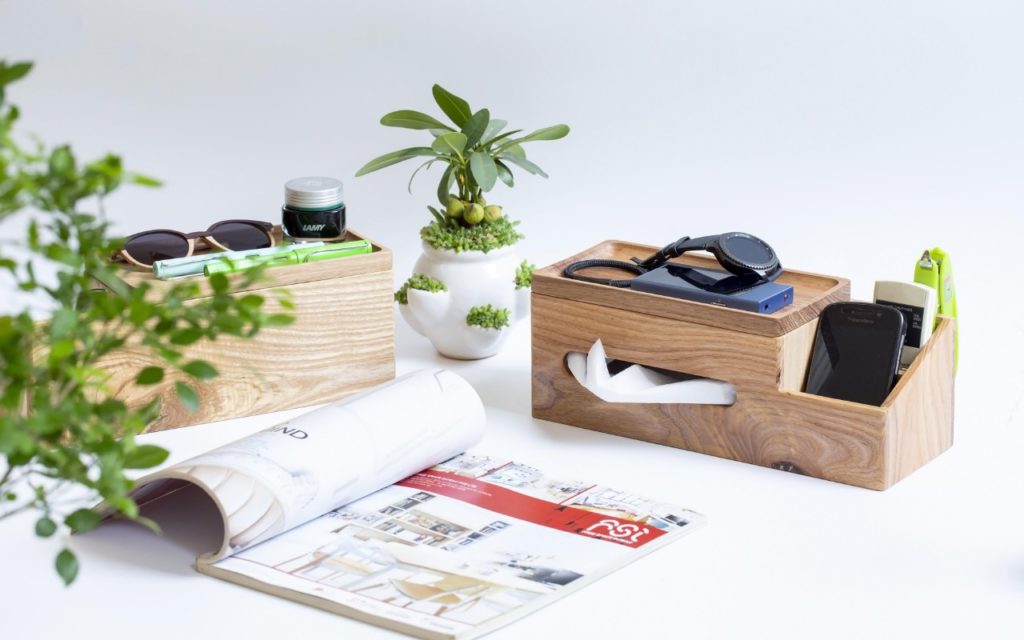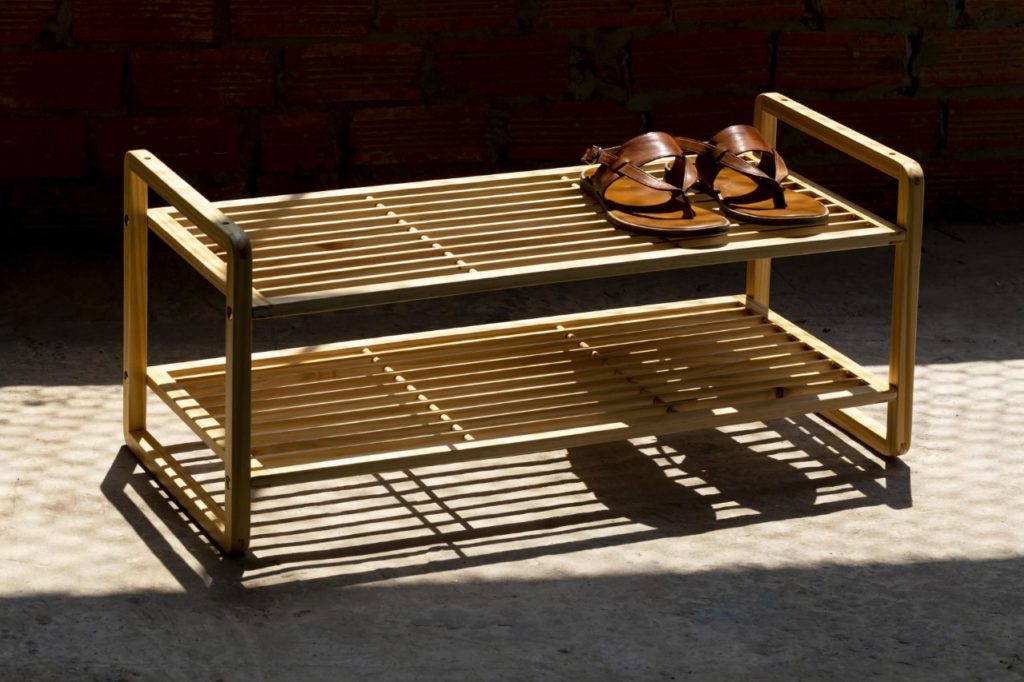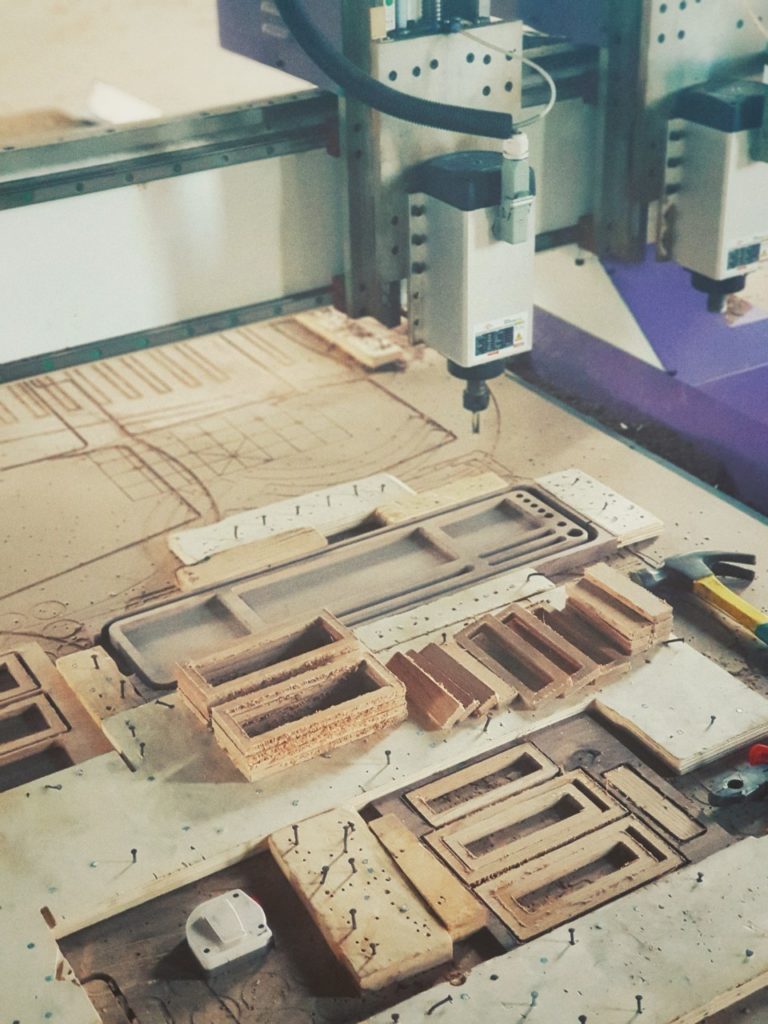
Sourcing in Vietnam – Wood Products and Furniture – Vietnam is one of the most dynamic countries in terms of growth in furniture production. The country has consolidated its position not only for local consumption but is also establishing itself as an attractive option for offshore manufacturing for overseas companies. It is currently the second-largest exporter of furniture in the Asia-Pacific region, and fifth in the world, behind China, Germany, Italy, and Poland. In 2017, furniture exports were valued at around USD 7.66 billion, increasing to USD 8.66 billion in 2018.

The Vietnam furniture market has an annual double-digit growth rate. Forecasts for 2020 indicate a target of 10 billion USD in exports is feasible. The furniture industry in Vietnam has highly competitive advantages due to its high labor requirements.
Raw Material Supply
According to the Vietnam Administration of Forestry and the Vietnam Rubber Association, Vietnam produced more than 22.7 million cubic meters of round wood in 2015; 24.4 million round cubic meters in 2016; 25.7 million round cubic meters in 2017, and almost 27.5 million round cubic meters in 2018.

Although orders are rising, the industry does not face a lack of sources for material for processing furniture for export. Timber is a renewable material source, and the Vietnam Government encourages and support broad reforestation efforts, with the forest coverage now at 41-42% compared with 27% just 20 years ago.
According to the Ministry of Agriculture and Rural Development (MARD) of Vietnam, Vietnam has 4,500+ wood processing companies, of which 95% are privately owned. In 2018, the number of enterprises processing wood products for export reached over 1,800, an increase of more than 300 compared with 2017.
(Data source: http://vietnamnet.vn)
Free Trade Agreements
The European Union-Vietnam Free Trade Agreement (EVFTA) and the Comprehensive and Progressive Agreement for Trans-Pacific Partnership (CPTPP) came into force in January of 2019, which makes Vietnam an attractive production location. Lower tariff rates, together with benefits such as low operating costs, stable political conditions, and cheap labor are essential reasons for considering Vietnam as a good option for your furniture sourcing.

The number of orders from CPTPP countries, including Canada, Japan, New Zealand, Australia, and Peru, has increased significantly this year. For example, Vietnamese wood furniture manufacturers have signed contracts totaling $300 million for export products to Canada in 2019. The figure was less than $100 million a year in previous years.
The benefits of policy preferences include:
- Tariffs will be cut to zero for most product categories, which paves the way for Vietnamese products to enter CPTPP/EVFTA markets.
- The lower import tariff on technologies and equipment will allow Vietnamese enterprises to purchase more modern technologies and equipment from developed countries helping to improve their quality and productivity.
Supply Chain Challenges

From the above analysis, we can see the opportunities of considering the Vietnamese furniture industry in your sourcing planning. However, sourcing from Vietnam comes with risk. The most significant risk is related to quality. Historically, the industry rife with systemic quality issues. From the lack of quality control systems and processes to a lack of transparency in the upstream supply chain, this is a knotty problem (no pun intended) throughout the industry. In its simplest form, three major players comprise the industry’s supply chain.
Often, these businesses do not promote a dynamic supply chain environment with transparency at all levels. They also lack familiarity with a common set of quality systems, technical production standards, including raw material standards, transport standards, product specifications, and quality standards for finished products. So, quality control is a significant issue for furniture production in Vietnam.

According to FM Global Resilience Index, Vietnam received a score of 19/100 for quality control of local suppliers, while the figure for China is 45. Also, Vietnam’s evolving economy continues to have issues with sustainability, logistics, environmental, and labor issues such as code violations and forced labor.

These statistics highlight the importance of engaging with a professional third-party quality control provider who has your back in the factory. From assisting with vendor selection, evaluations, and audits, to conducting product inspections and management, VietnamSourcing can go a long way in helping you avoid quality issues. Partnering with VietnamSourcing can help ensure that your specifications and standards met and promote a holistic end-to-end supply chain.

VietnamSourcing is your best choice for ensuring quality in Vietnam.
